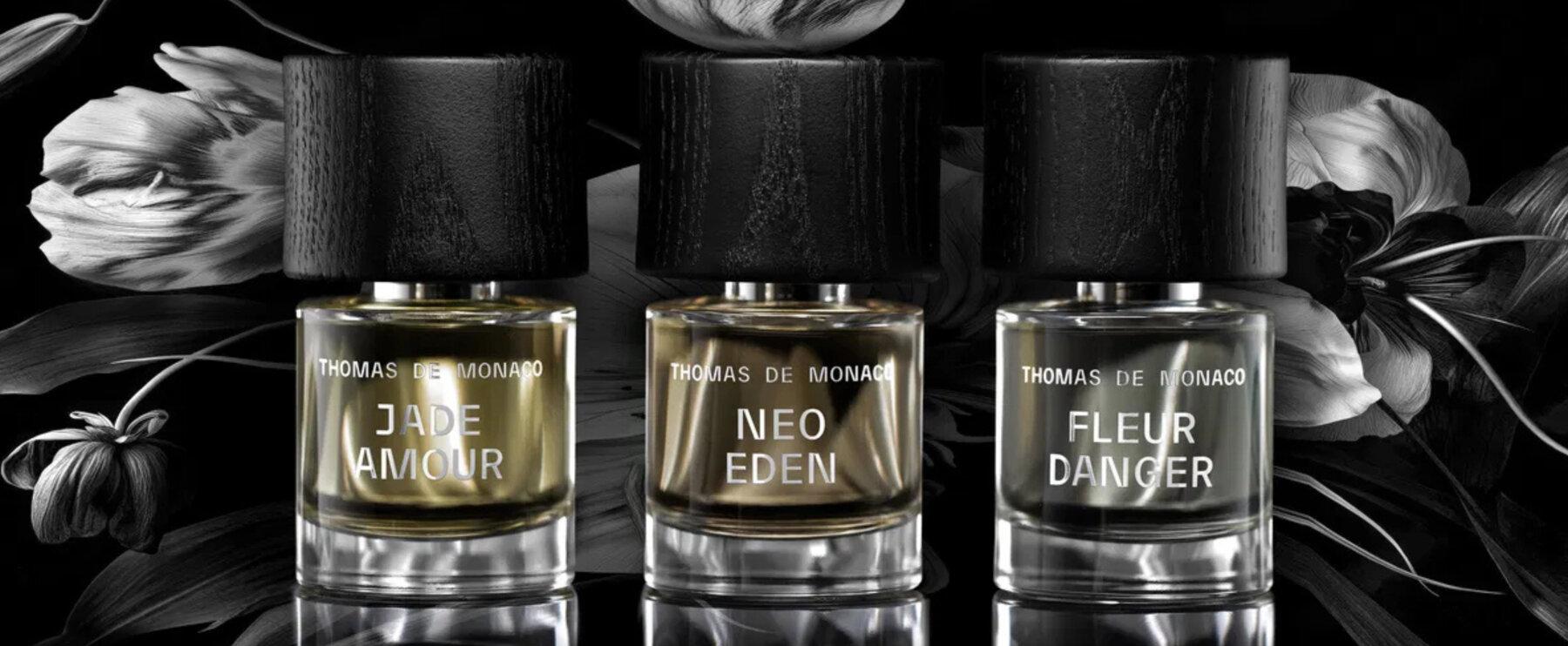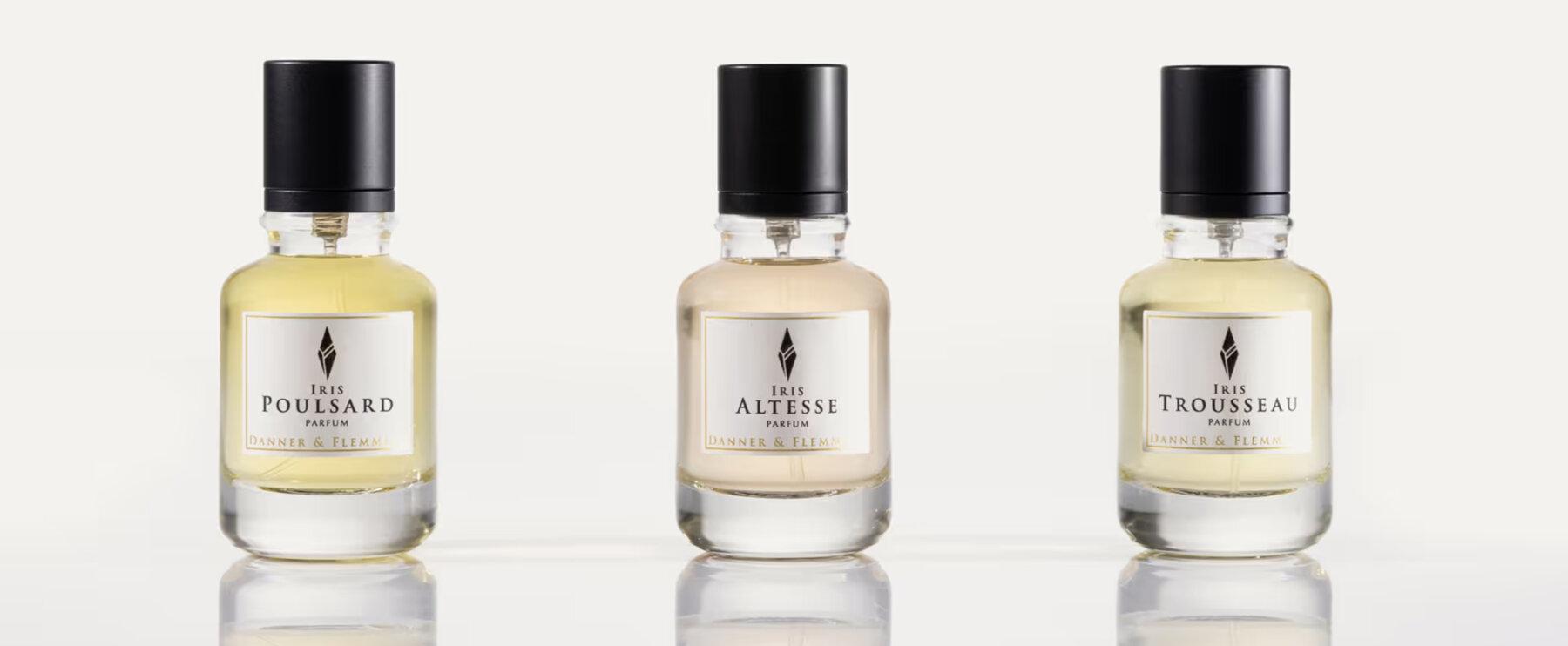
From the Soil to the Scent: Danner & Flemming and the Art of Iris Interview
Patience, research and a fascination for one of perfumery's most precious flowers gave rise to Danner & Flemming - a brand that brings iris to life with extraordinary intensity.
A story of research and passion
It all began many years ago with a research project at the University of Regensburg: the chemist Prof. Dr. Werner Kunz, the chemist Dr. Theresa Höß and the biologist Dr. Marcel Flemming wanted to find out whether the precious iris could be cultivated in Bavaria and whether its complex ageing process could be optimized.
Together with farmer Christian Danner, they planted the first seedlings, developed methods for cultivation and processing and finally invented a patented process that allows the rhizomes to ripen faster and more gently.
Initially, the focus was solely on the production of the raw material. But it soon became clear that high costs, the enormous amount of work involved and competition from cheaper suppliers made this approach unsustainable. So the founders decided to focus on the iris itself - as the heart of limited edition vintage perfumes. What began as a research project turned into a perfume brand.

Three vintage perfumes, three faces of iris
It was clear from the outset that each of the three iris varieties - one of which is grown exclusively in Bavaria - should be given its own stage. To achieve this, each variety was brought to the fore in the highest dosage and its characteristic nuances were worked out with selected ingredients.
Iris is one of the most precious raw materials in perfumery. It is normally only used in tiny quantities, but Danner & Flemming uses 25 to 40 times the usual concentration. This allows it to show its full range: from mineral-fresh to creamy-powdery. As the rhizomes can only be harvested after three years and then refined in a patented process, essences with an exceptionally high content of alpha- and gamma-irisones - the molecules that give iris its unmistakable fragrance - are created.
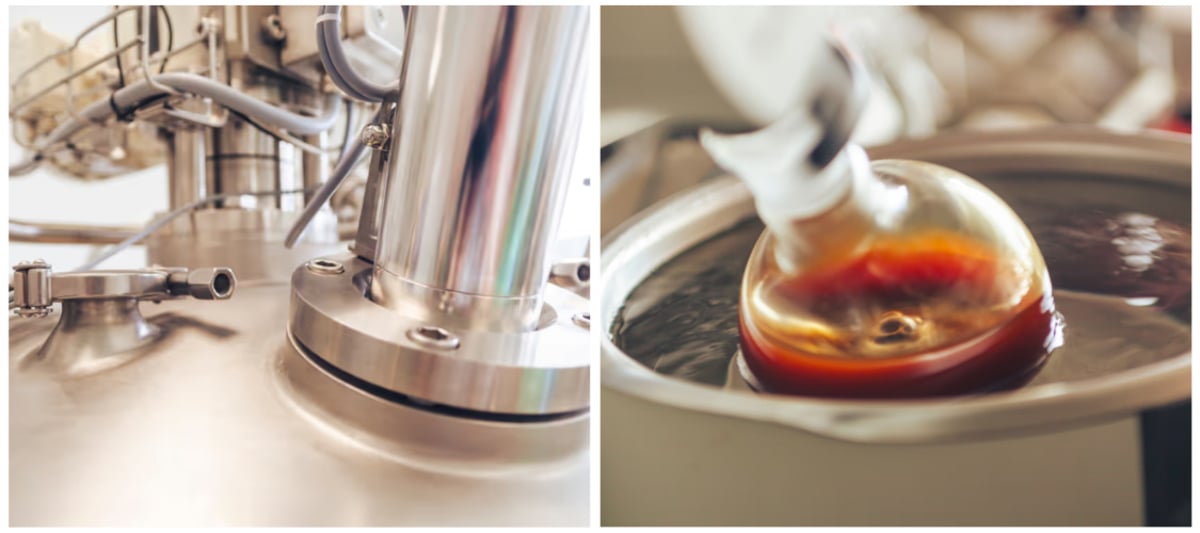
To develop the first fragrances, the label worked with master perfumer Antoine Lie. Instead of a classic briefing, he was given the freedom to interpret the essences completely freely - and thus create three very different faces of iris.
Each harvest is processed into iris butter and iris extract, which serve as the basis for the fragrances of the respective vintage. Once the quantity has been used up, no more can be produced - a natural limitation that makes each perfume unique.
It's the first time I used this amount of Iris in a formula. So it's a different way of working and that's what I love.
Antoine Lie, master perfumer
The names of the first three creations also point to this parallel: "Iris Altesse", "Iris Poulsard" and "Iris Trousseau" are old grape varieties from Savoy and the Jura - just as characterized by terroir, climate and vintage as the iris.
Altesse - elegance in motion
Fizzy, sparkling, fresh and powdery. A timelessly elegant, sophisticated fragrance.
Danner & Flemming
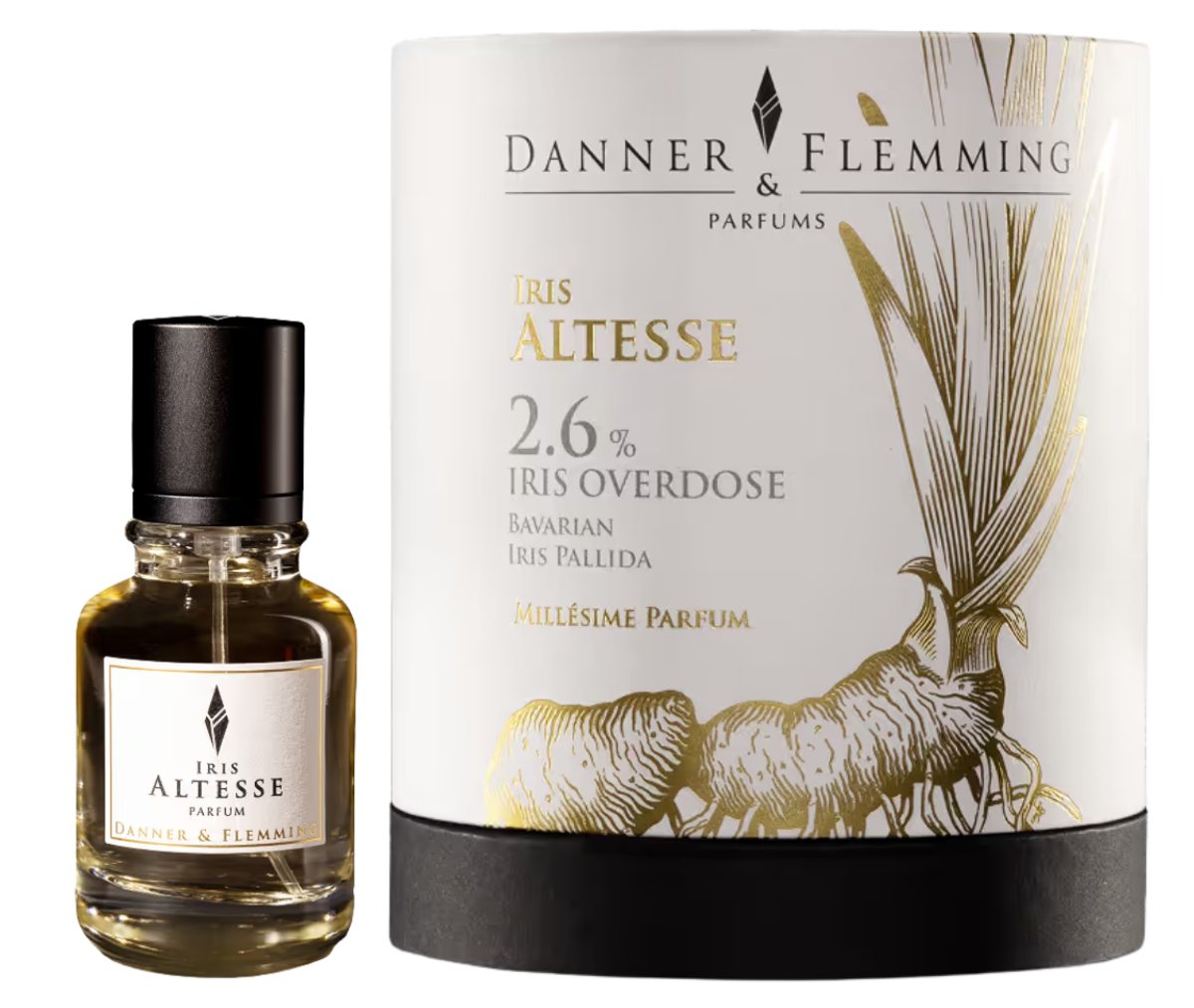
With an iris concentration of 2.6 percent, "Iris Altesse" is said to reveal the radiant powderiness of Iris pallida. The fragrance is limited to just 311 bottles worldwide. Accompanied by jasmine sambac absolute, orange blossom and tuberose absolute, the iris unfolds a floral richness accentuated by bergamot, pink pepper, cassis and patchouli. A fragrance like a spring shower: sparkling and elegant.
Poulsard - the wild side of the iris
The second creation, "Iris Poulsard", contains 4.1 percent iris in the perfume oil and comes in just 245 numbered bottles.
A captivating, highly complex, fruity-spicy fragrance. It reveals the unknown facets of iris. This vintage perfume awakens longings.
Danner & Flemming

The focus is on the Bavarian Iris germanica, whose woody-floral facets with hints of cocoa and coffee are particularly prominent. Mandarin, raspberry and cardamom provide freshness, while cinnamon, clove, incense, patchouli and cedarwood give the fragrance depth and warmth. A perfume full of tension and contrasts.
Trousseau - powdery and sensual
With 2.5 percent iris in the perfume oil, the third perfume "Iris Trousseau" unfolds the unique powdery note of the rare Iris germanica Danner.
Maximum powderiness, creamy softness and floral-woody notes define this extraordinary fragrance. This perfume embodies pure sensuality.
Danner & Flemming

Limited to 356 bottles, the fragrance combines creamy softness with floral warmth. Piedmont hazelnut, tonka bean and sandalwood lend it depth, while bergamot, violet leaf and vetiver refine it. "Iris Trousseau" is intended to bring out the most sensual side of iris: delicate, velvety and weightlessly elegant.
From the soil to the scent
The first collection is limited to 900 bottles. In addition to the numbered bottle with magnetic cap, each of the round boxes also contains a slice of iris rhizome and a vial of pure iris essence - symbols of the journey "from the soil to the scent".
The new fragrances are available in 50 ml bottles.
From research to perfume - an interview with Marcel Flemming
Science meets fragrance art: Danner & Flemming shows how research and craftsmanship can open up new paths. In an interview with Parfumo, co-founder Marcel Flemming provides insights into the background.
1. It all started with a research project in Regensburg. When did you sense that it could become more than just science?
Marcel: After we found out that cultivation was possible and could work, we actually "only" wanted to grow the raw material iris at first. We had developed a great process and established cultivation in Bavaria over the years with a lot of sweat and courage and wanted to supply iris to the major perfume companies. Everyone was enthusiastic about the quality, but getting long-term contracts or reasonable prices was a different story. We worked like crazy all summer and ended up with a few bags of iris on a pallet that sold for a few thousand euros....t really hurt.
So, to be honest, the idea of creating our own perfumes was initially more of a rescue idea and only then did it become a passion. Here we knew that our efforts were not in vain and that the raw material was getting the attention it deserved.
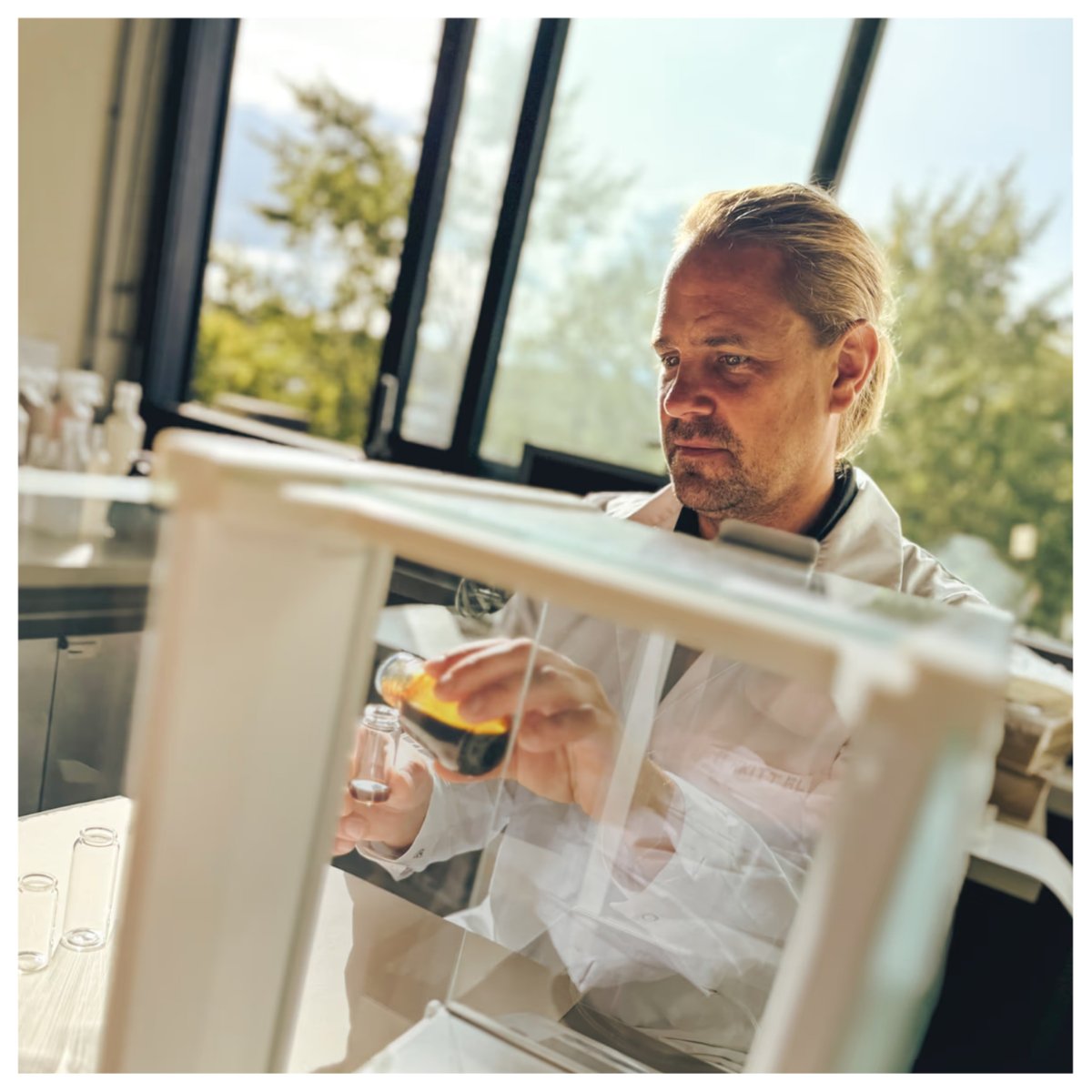
2. What makes the Bavarian iris so special compared to other regions?
Marcel: Many renowned perfumers have attested to the highest quality of our iris. However, it is different from the product they know, which can be problematic if it is to replace existing products. As with all plants, the terroir - i.e. soil, climate and other factors - also influences the composition of the ingredients. The Bavarian terroir is of course different to that of central Morocco or Tuscany.
We also use modern drying methods and a patented process that enables higher fragrance levels and prevents mold infestation. Our iris is as hard as stone and bright as marble, smells as fresh as the air on the eve of the first snow and is complex: powdery, woody, vanilla, sweet and earthy at the same time, with violet and fruity nuances. Other regions can also produce excellent irises - Tuscany is absolutely top in this respect - but ours is outstanding due to its terroir and processing. We have also discovered further variations of Iris germanica and Iris pallida in a screening, which differ in the spectrum of fragrances, especially the two Iron isomers alpha and gamma. Our Iris germanica Danner is a special variety that contains almost only the stronger gamma iron (germanica and pallida always contain both). This variety is the star of the "Iris Trousseau" fragrance.
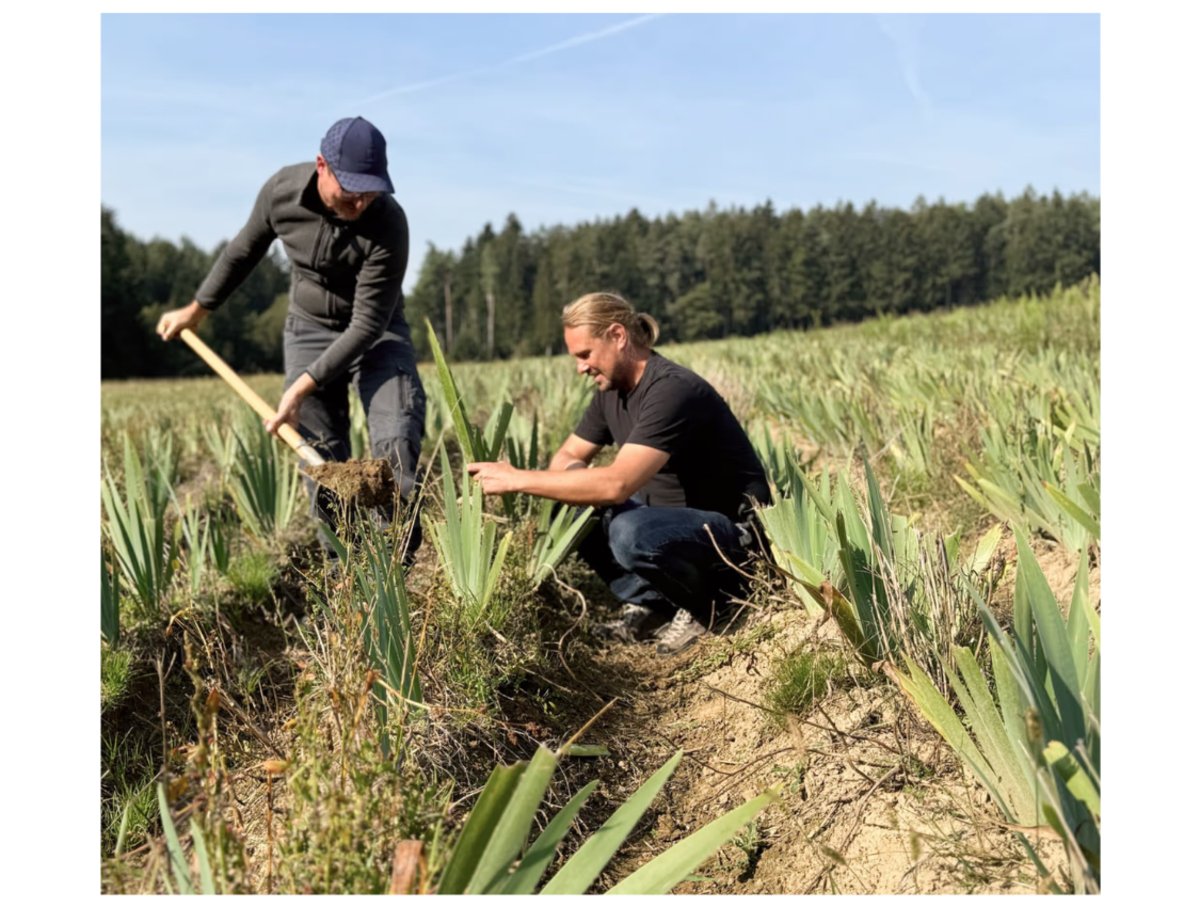
3. You talk about vintage perfumes. How much does the iris harvest - and therefore the fragrance - change from year to year?
Marcel: As with all plants, there are natural fluctuations in iris in terms of ingredients, size, harvest quantity, etc. Everything that happens during the three years of growth ultimately influences the product. I don't want to judge it, but it's like wine: sometimes the iris is more floral, sometimes earthier, sometimes sweeter or more tart.
The harvest quantities also vary considerably in some cases. As we neither "blend" nor standardize, we only use iris butter and iris extract from a single year's harvest in our fragrances. This also explains the limitation. We only fill as many bottles as there were irises. Nevertheless, the batches are very similar. The main reason for the scent of the iris is the variety, which of course remains the same. An "Iris Altesse" from 2026 will therefore still be recognizable as such, even if the "Iris Altesse" vintage from 2025 was perhaps a little earthier or greener.
4. When you founded the company, you brought together an interdisciplinary team - from farmers to perfumers. How does this diversity shape your brand?
Marcel: This is crucial for us and had three reasons:
- Since we have no outside capital, we are always short of cash and can't afford any services that are too expensive. Instead, we have many key competencies in-house, everyone works for free and we all have a say in decisions. This makes the brand as authentic as possible.
- Everyone is highly motivated because we are all in the same boat, we all have something to lose, but we can also all win. What's more, no one talks us into it. As a result, we are our own brand and not a construct from outside.
- This also makes it as fair as possible, because why shouldn't the farmer, for example, also have a share in the end product? He supplies the most important raw material - without him, nothing would work. This way, everything is transparent and comes from a single source.
However, I have to say that Antoine Lie is external. However, we have a very friendly relationship, including with the fragrance house L'Atelier Français des Matières.
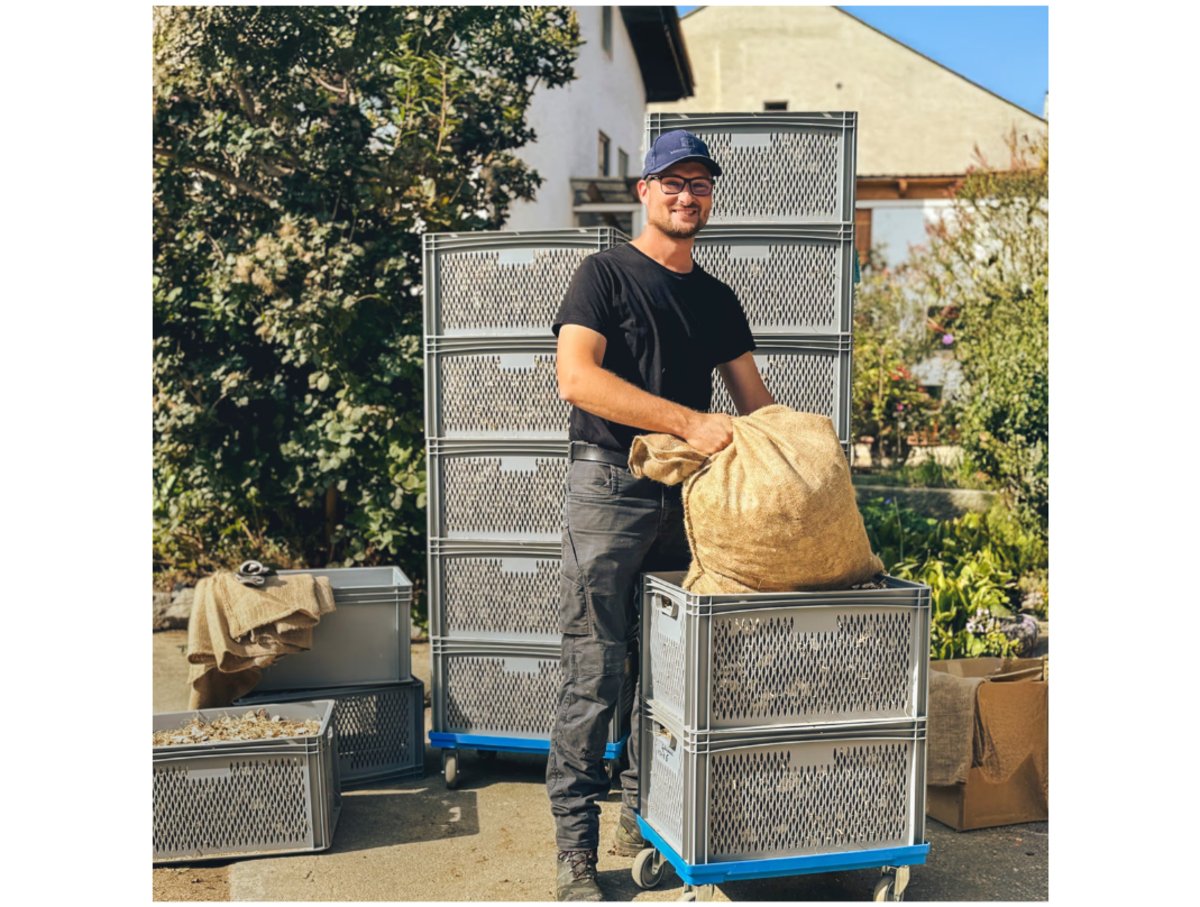
5. Antoine Lie was able to "build around" the iris without a classic briefing. What surprised you most about his designs?
Marcel: I was particularly surprised by how he managed to stay so close to the iris. I know the raw material inside out, after all, I've been smelling iris almost every day for ten years. And he managed to make me smell the respective facets of the different iris varieties because he brought them out so well.
I can partly smell the perfume, although I only smell the iris itself. That is masterful. That's why our customers also receive a small vial of pure iris so that they can smell it in the perfume. It also surprised all of us, including Leni from Leni's scents, how good fragrances can be. We didn't know what we would smell at the first meeting and were afraid that we wouldn't like it. And then he held the first draft under our noses and all the tension of the past months, if not years, fell away.
6. Each creation emphasizes different facets of iris - powdery-elegant, fruity-spicy, creamy-sensual. How did you choose these three directions?
Marcel: It was important to us that our first three fragrances had a broad base. Of course, there are also commercial reasons for this. The likelihood of someone liking a fragrance is simply greater - you have to be that honest.
However, the iris has many facets and when I first smelled it, I was really surprised at what Antoine had conjured up. Our Iris pallida is powdery, earthy, almost mineral, but also floral and warm. We opted for the floral-mineral direction here, although a gourmand scent with lots of vanilla would also have been possible. Our Iris germanica is indeed very fruity and chocolaty, but also woody and graphite-like. We have opted for the fruity route here.
Our Iris germanica Danner is extremely powdery, slightly lactonic, violet-like and fruity ... and here it went the soft, creamy and powdery route. Antoine chose the direction that practically jumped out at him when he smelled the pure extracts. So he clearly followed his nose. However, other fragrances from the same varieties are also possible.

7. Why did you decide to name the perfumes after rare grape varieties - and where do you see the parallels between wine and perfume?
Marcel: Theresa, Seppo and I, the operational team, are all wine lovers. We particularly like interesting artisanal wines made from old, lesser-known varieties. Theresa and I have often traveled to the French Jura, where very rare, indigenous grape varieties grow that are almost threatened with extinction, such as the red Poulsard. There are only around 300 hectares of it left in the world, and only in the Jura. Trousseau also comes from there. We love France and the savoir-vivre there. We often drive through the region and taste wines from small winegrowers where everything is handmade, the quality is exorbitant and the wines are honest. The Altesse grape variety comes from Savoy, the region where our fragrances are produced.
Some of the wines even have a slight similarity to the perfumes on the nose, but that's beside the point. Somehow it was obvious: the personal connection, the combination of agriculture, craftsmanship and luxury - with us as with the wine -, the rarity of the products and our connection to France. This also makes our project so beautifully European, and we are full-blooded Europeans.
8. Each box contains a bottle, a piece of rhizome and a vial of essence. What do you want people to experience?
Marcel: On the one hand, we want to prove that our story is real. Since every niche brand claims to use the best ingredients ever, you have to come up with something to really back up your claim. With the rhizome piece and the vial of iris essence, we are trying to provide credible evidence and storytelling ("From the soil to the scent").
On the other hand, we want to familiarize people with the raw material and its origin and naturalness. After all, an iris rhizome doesn't necessarily look beautiful. We also want to give them the opportunity to understand how the perfumes were created. We want to show them that the iris, and precisely this iris, really is at the center here. And we want to invite them to experience this pure iris scent and then rediscover it in the perfume.
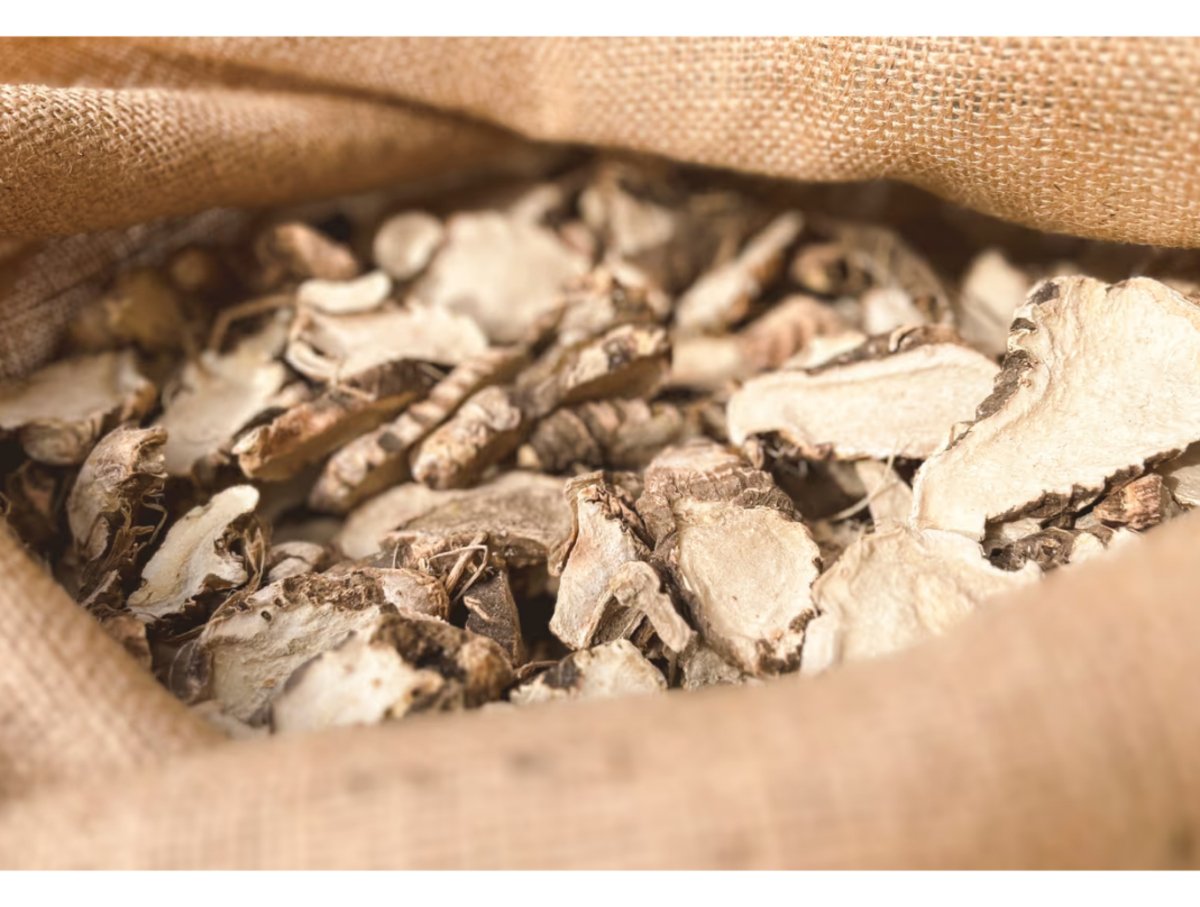
9. The first collection appears in a strictly limited edition. Will Danner & Flemming remain this exclusive in the long term?
Marcel: What happens next depends very much on the success or failure of this edition. If everything goes well, we will increase the number of units in the next edition, but the fragrances will again be limited, as we will only have a limited amount of iris available. However, as we have other iris varieties in cultivation, we will be launching further fragrances with iris in maximum doses in the coming years, each of which will have a special variety and its characteristic fragrance at its heart.
10. What is your personal vision for Danner & Flemming - where should the journey take you in the next few years?
Marcel: It would be a lie if we weren't also aiming for commercial success. But we are all very grounded and I personally want above all to lead an interesting life in which I can be productive and experience a lot.
I want to continue working in the field, be in the lab, travel to customers and partners and realize ideas. This is also possible on a modest scale. We don't want to be a brand that goes through the roof and betrays all its ideals in the process. It would be nice if Danner & Flemming grew while remaining true to itself. If we can bring out more fragrances with other varieties of iris and/or other types of extract and even grow other fragrant plants, research and tinker with them and finally bring them into the bottle, then I will be very happy. With a glass of (real) Poulsard in my hand, in the evening light on the iris field - it doesn't get any better than that.
 Porfiria 2 months ago
Porfiria 2 months ago


 Mikayla
Mikayla
